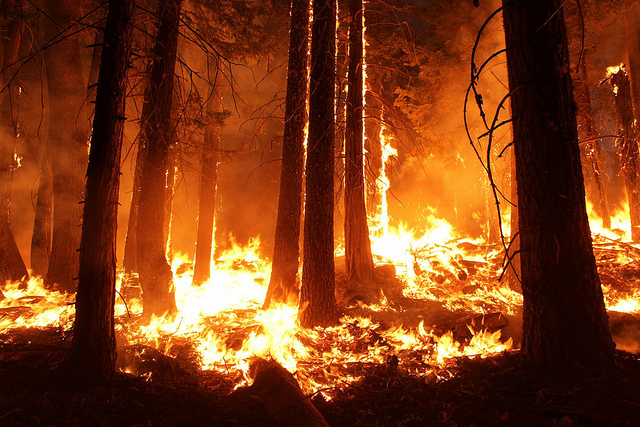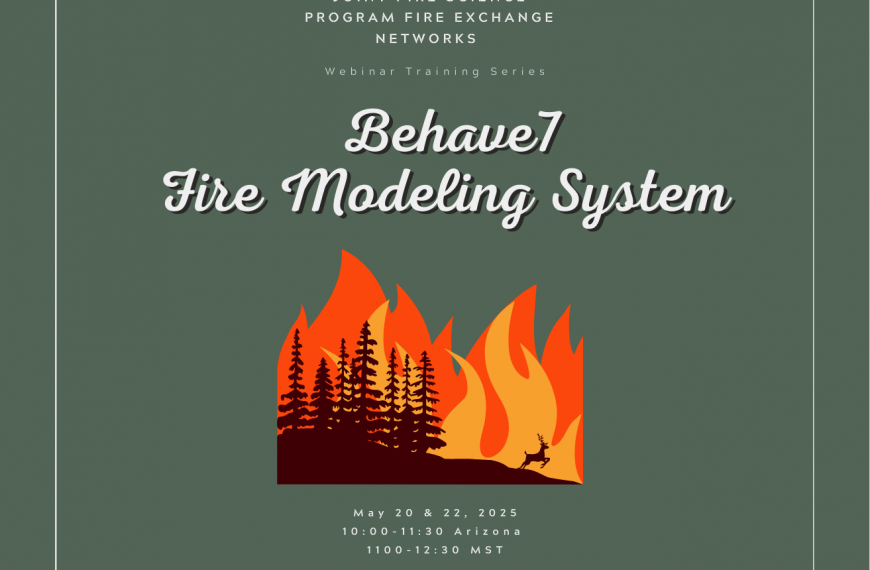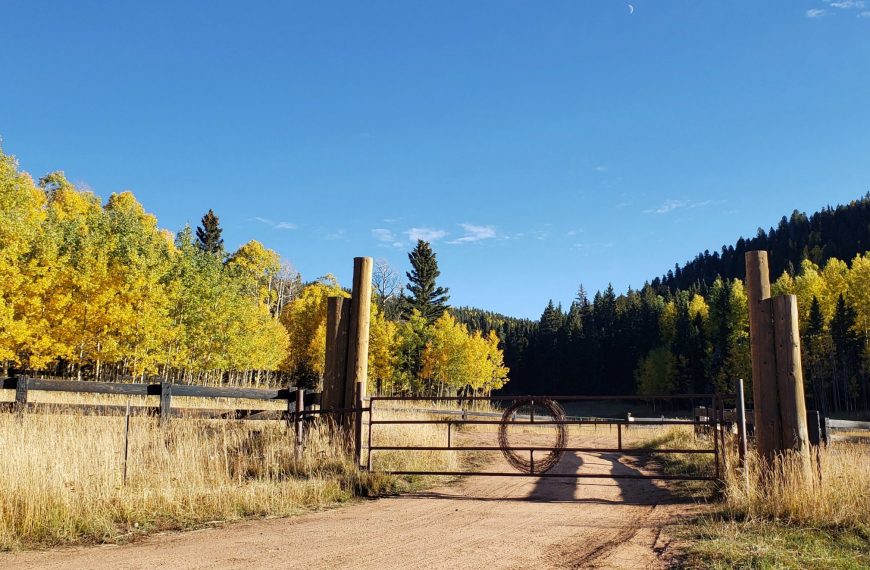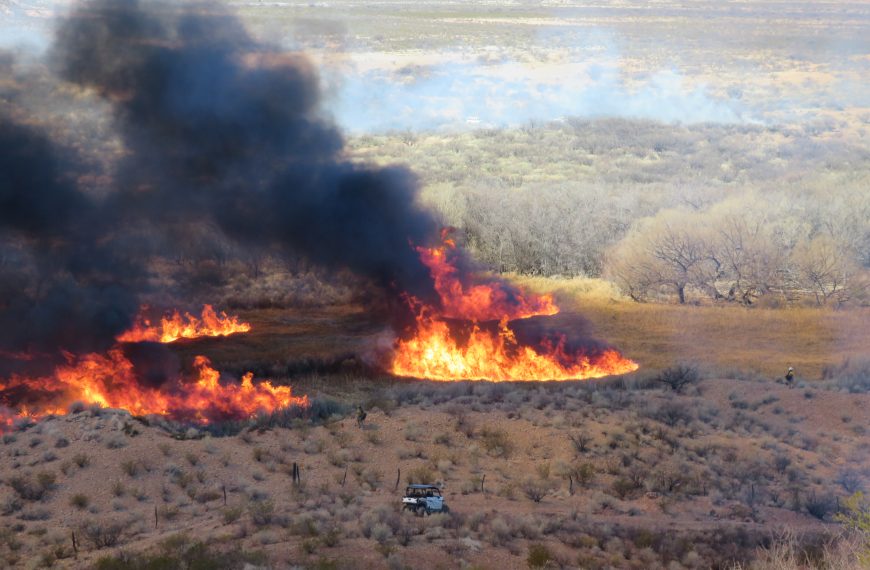Presenter: Stephanie Mueller, Northern Arizona University
Date: May 22, 2019 12pm Mountain Daylight Time (11am AZ time)
Over the last 30 years, in woodland and forested ecosystems across the southwestern US, there has been an increasing trend in fire activity. Altered land use practices and more recent changes in precipitation patterns and warmer temperatures are widely thought to contribute to departures in fire regimes toward more frequent and larger fires with more extreme fire behavior that threatens the persistence of the various forested ecosystems. We examined climate-fire relationships in these vegetation types in Arizona and New Mexico using an expanded satellite-derived burn severity dataset that incorporates over one million additional burned hectares analyzed as extended assessments to the MTBS project’s data and five climate variables from PRISM. Climate-fire relationships were identified by comparing annual total area burned, area burned at high/low severity, and percent high severity regionally with fire season (May-August) and water year (October-September) temperature, precipitation, and vapor pressure deficit (VPD) variables. The high severity indicators were also derived for each fire individually to see if climate-fire relationships persist at the scale of the individual fire. Increasing trends toward more arid conditions were observed in all but two of the climate variables. Furthermore, VPD-fire correlations were consistently as strong or more correlated compared to temperature or precipitation indicators alone, both regionally and at the scale of the individual fire. Thus, our results support the use of VPD as a more comprehensive climate metric than temperature or other water-balance measures to predict future fire activity. Managers will have to face the implications of increasing high severity fire as trends in climate toward warmer and drier conditions become an increasingly dominant factor in driving fire regimes towards longer and more intense fire seasons across the Southwest. Click here to view a recording of this webinar!







